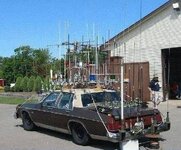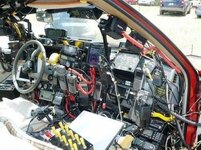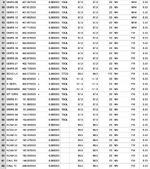- Messages
- 2,213
- Reactions
- 4,551
You can add only what you want with CHIRP including a proximity search using reapeaterbook. I think you're referring to loading up one of those prepper frequencies template files that are floating around, but even if you use one of those you can delete the stuff you don't want and flash it back to the radio.While there is a 'convenience' to programming the Baofeng with the CHIRP software, it can be confusing as it adds lots of frequencies you may never use.
It's not too hard to manually program the Baofeng and once you get it down you can add and remove frequencies very easily.
This works for me anyway and I don't have a lot of 'clutter' on my HTs.
That said, it's probably a good idea to learn how to do it manually as well.















